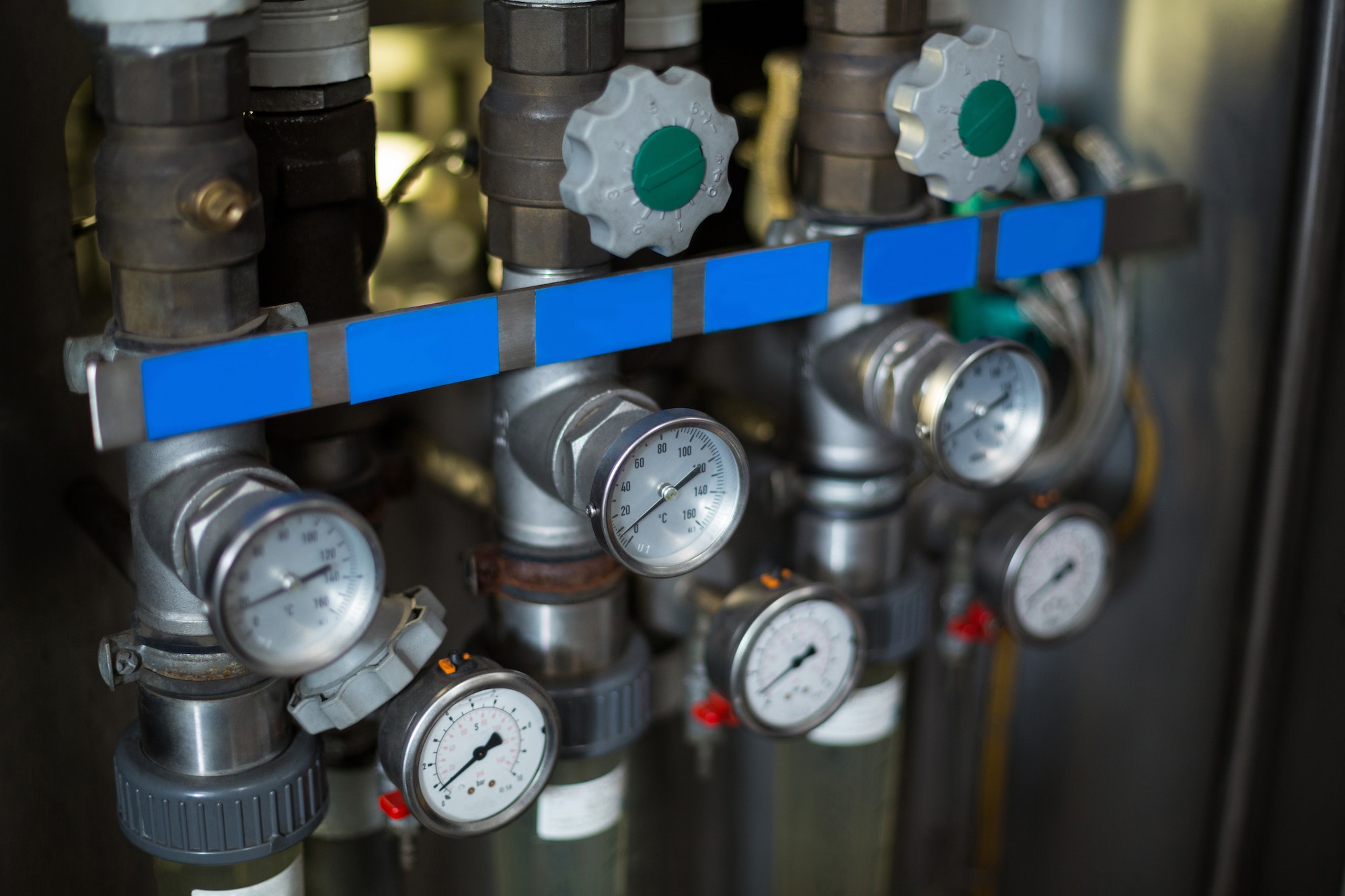Microalgae are photosynthetic microorganisms that have gained significant attention in recent years due to their potential applications in various sectors, including biofuels, bioproducts, and wastewater treatment. Photobioreactors (PBRs) are closed systems specifically designed for the cultivation of microalgae, offering a controlled environment, high biomass productivity, and reduced contamination risks compared to open ponds. However, optimizing the growth conditions in PBRs is essential to maximize the biomass yield and achieve the desired product composition. This article will discuss the critical factors affecting algae growth in PBRs, focusing on light intensity and quality, temperature control, and nutrient supply and management.
Light Intensity and Quality
Light is the primary energy source for photosynthesis in microalgae, and its intensity and quality directly affect the growth rate and biomass productivity. Optimal wavelengths for photosynthesis generally range between 400-700 nm (the visible light spectrum), with blue (450-495 nm) and red (620-750 nm) light being the most effective. Some species also utilize green light (500-570 nm) efficiently.
Light distribution methods play a significant role in PBR performance. Flat-panel PBRs can achieve better light distribution by using light-emitting diodes (LEDs) that emit specific wavelengths for photosynthesis. Another approach is to use fiber optic cables to deliver sunlight into the PBR directly. These methods can significantly improve light utilization efficiency and reduce energy consumption.
Temperature Control
Temperature is another critical factor influencing microalgae growth as it affects metabolic activities and photosynthetic efficiency. The optimal temperature range for microalgae growth varies among species but generally falls between 20-30°C. Maintaining an ideal temperature range is crucial to promote rapid cell division and prevent thermal stress that can lead to reduced growth or even cell death.
Strategies for maintaining ideal temperatures in PBRs include heat exchangers, cooling jackets, or evaporative cooling systems. These methods can help dissipate excess heat generated by photosynthesis and maintain the desired temperature range for optimal growth. Additionally, insulating the PBR can reduce heat loss during colder periods and stabilize temperature fluctuations.
Nutrient Supply and Management
Microalgae require essential nutrients for growth, including nitrogen, phosphorus, potassium, and trace elements like iron and manganese. The availability of these nutrients in the culture medium directly affects the growth rate and productivity of microalgae.
Methods for nutrient delivery and monitoring in PBRs include continuous or batch feeding strategies. Continuous feeding involves maintaining a constant nutrient concentration in the culture medium by continuously adding fresh nutrients to replace those consumed by the microalgae. Batch feeding involves adding a predetermined amount of nutrients at specific intervals, allowing microalgae to consume the available nutrients before adding more.
Monitoring nutrient concentrations in the culture medium is crucial to ensure sufficient nutrient availability and prevent nutrient limitation or excess that can negatively impact microalgae growth. Online sensors can be used to measure nutrient concentrations in real-time and adjust feeding rates accordingly.
In conclusion, optimizing light intensity and quality, temperature control, and nutrient supply and management are critical factors that significantly influence algae growth in PBRs. By carefully considering these factors and implementing appropriate strategies, it is possible to achieve improved growth rates and biomass productivity in microalgae cultivation systems.


